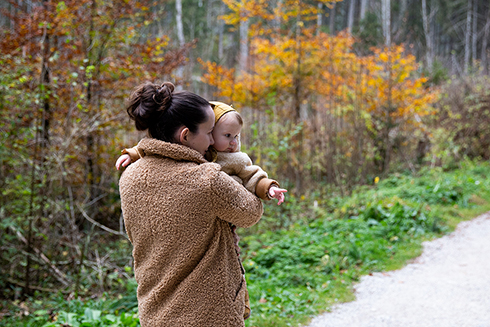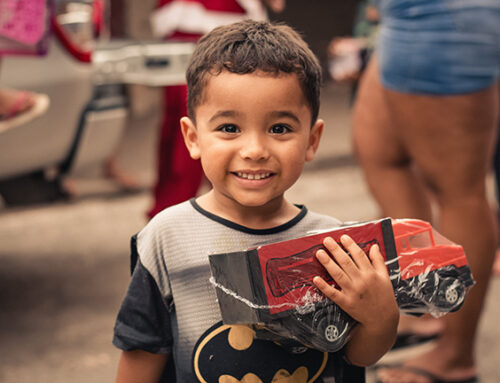Winter is on its way, and with it comes snowstorms, record-low temperatures, and winter weather advisories. For many of us, this simply means pulling out or favorite sweater and grabbing our warmest hat. However, this is often a much bigger challenge for our children with autism or sensory processing differences. Change is difficult, to begin with, not to mention when it comes to colder temperatures and warmer, bulkier clothing. This blog give parents tips on how to help make the transition to winter clothing a little easier.
So, what do you do if your child insists on not wearing her jacket? Or if the fabric of the hat bothers his head? What about when she’s on the verge of a meltdown because she can no longer wear her favorite summer dress? The tips below will help make the transition to winter a little less overwhelming.

- Prepare: In order to help your child feel a little more prepared and in control of the big change, start to familiarize them with winter clothing in advance. Begin talking about what types of clothes are worn for different weather situations – you could even look at pictures or the weather forecast. Read stories about getting dressed for winter, such as Froggy Gets Dressed. To make the preparations more concrete and related to your specific child, pull out their winter clothes, and let them feel the different fabrics and bulkier layers. This will help your child feel more prepared knowing what is to come, and ease some of the tactile sensitivity when it comes time to put the clothes on.
- Practice! Practicing wearing different winter clothes before the time comes gives your child exposure to what is coming. Make this experience playful by trying on the clothes yourself or dressing up your child’s favorite doll. Have them wear a hat or coat for a few minutes each day and slowly increase the time. This way, when cold weather does come, it is not as traumatizing as putting on a coat for the first time. Don’t forget to make the experience positive and give your child a lot of praise for practicing putting the items on!
- Give Choices: Allow your child to choose which hat they want to wear or what order they want to put their clothes on in. When children feel in control over their decisions, they may be more likely to engage in the desired behavior. In the end, it doesn’t really matter which gloves they wear, they just need to wear them!
- Layer: Heavy coats often feel uncomfortable and bulky, an unbearable duo for most children. Try dressing your child in soft layers made up of fabrics that your child likes to wear. Start with a thermal, then long-sleeved shirt, then a sweatshirt or a sweater. You could even try dressing your child in a coat that is a size too big to allow room for layers and avoid that bulky feeling. You can try letting your child pick clothes they like from other seasons (such as a long-sleeved shirt from spring), allowing them to create a preferred layered outfit.
A few more quick tips:
- When buying winter clothes, be aware of fabrics, tags, or sewing patterns that your child might find scratchy, bulky, or overall uncomfortable.
- If your child is refusing to wear gloves, try using portable hand warmers in their pockets to keep their hands warm.
The change to winter clothing can be overwhelming, however with these tips, you (and your child) will be more prepared, and ready for what is to come!

Blue Bird Day fosters socialization, sensory regulation, and pre-academic learning in children ages 2-7 years in therapeutic rotations that simulate preschool and kindergarten settings. Our compassionate therapists practice a relationship-based and family-centered approach, provide parent training, and collaborate on goals and individualized intensive treatment plans for your child.
We believe in a collaborative and multi-disciplinary team approach to therapy. A team of occupational therapists, speech-language pathologists, dietitians, developmental therapists, behavioral therapists, physical therapists, and therapeutic assistants are created for each child to ensure child and family are fully supported and the best possible results are achieved.
Options for individualized, group and virtual therapy sessions are available as well.
Want to learn more or you have a specific question? Feel free to connect with us here!



